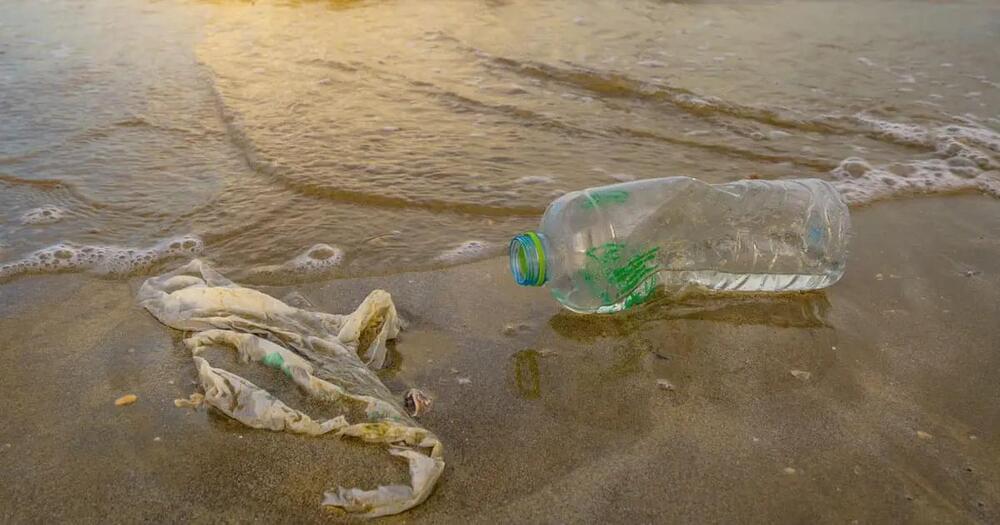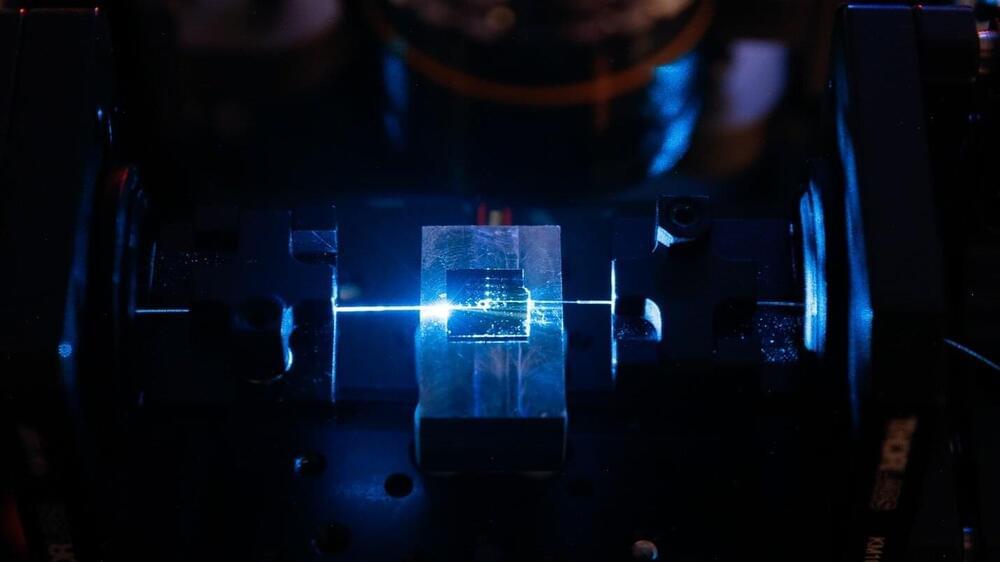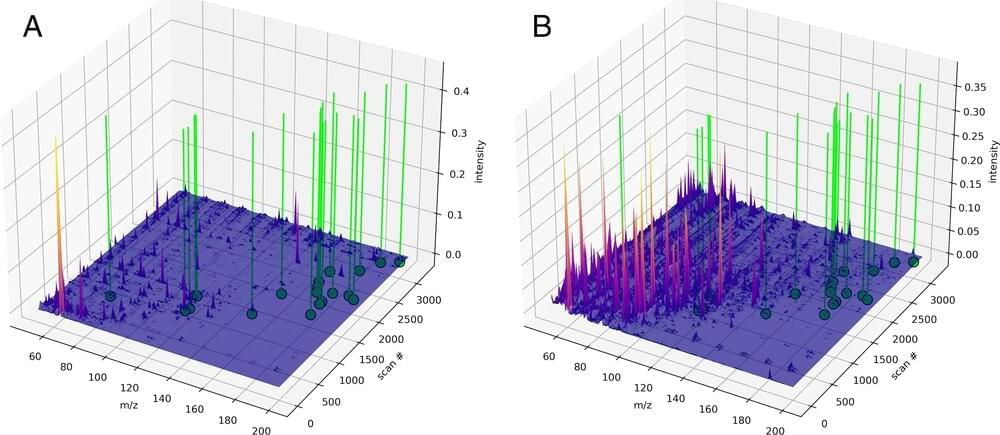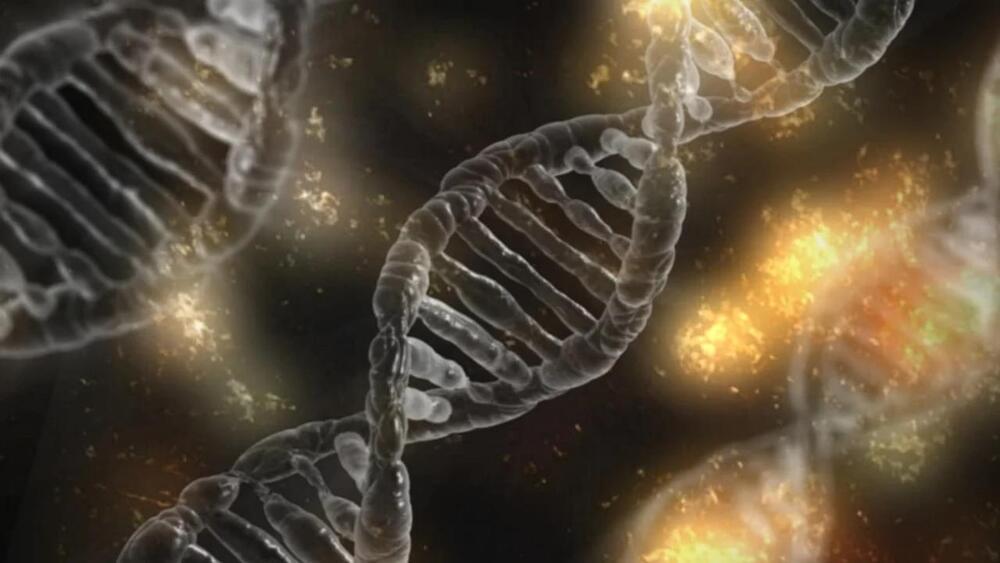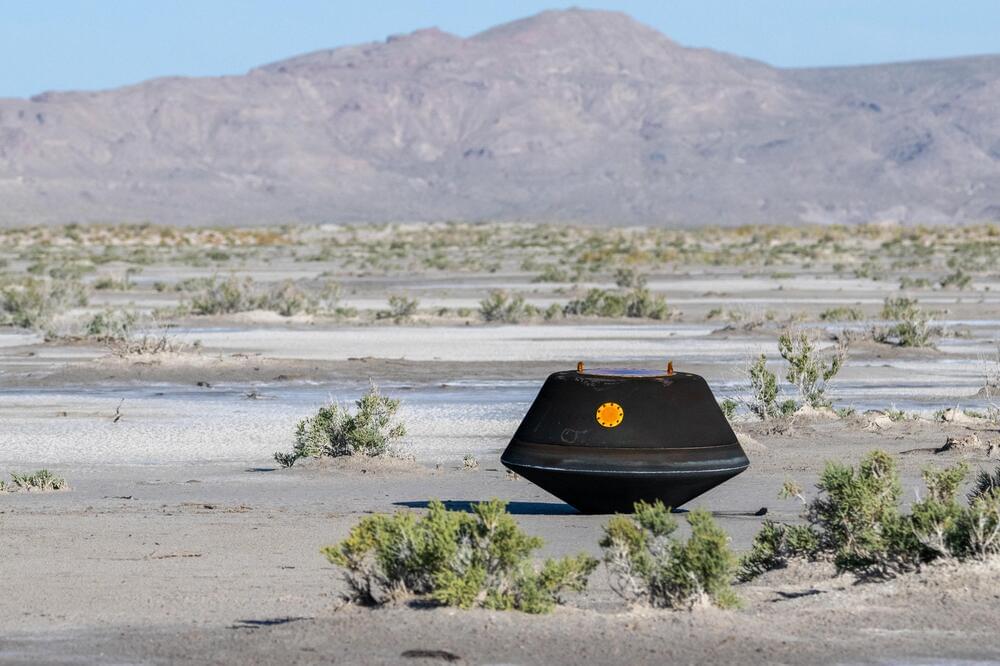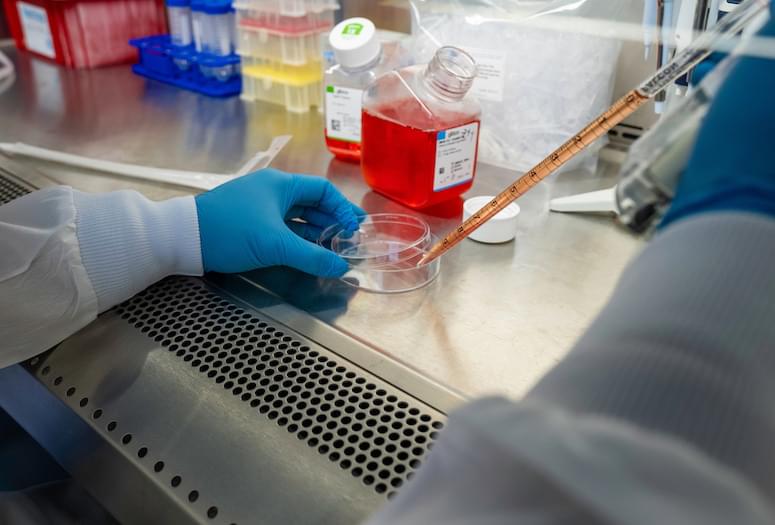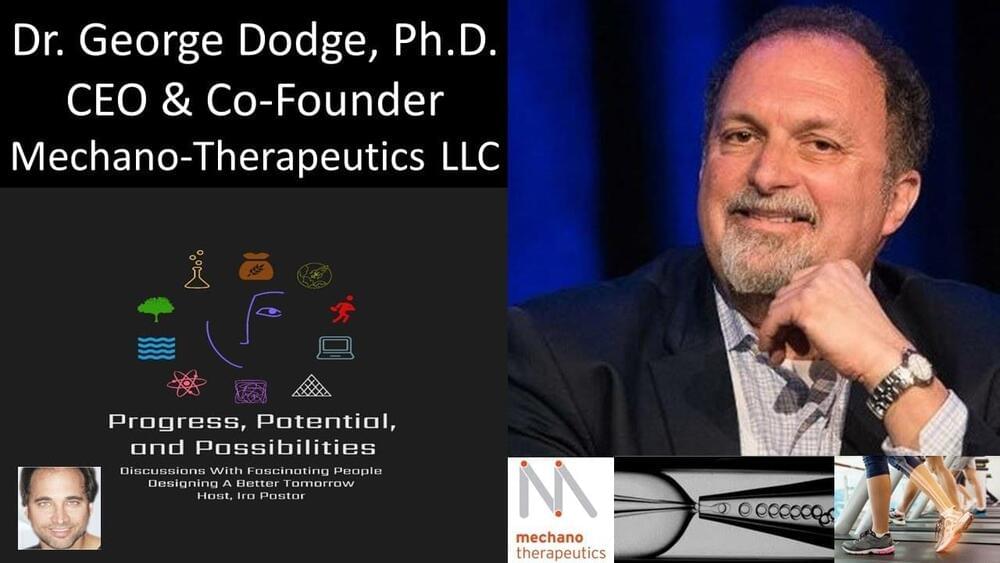
Computer performance is measured in FLOPS, or floating-point operations per second. The first supercomputer, which was developed in 1964, could run 3,000,000 FLOPS, i.e., 3 megaFLOPS. Exa means 18 zeros, meaning 1,000,000,000,000,000,000 FLOPS. An exascale computer can perform that many operations — something that is almost impossible to imagine.
Now, there is a huge advantage to commanding that kind of computing power in today’s world. Here is what the same McKinsey report says: “Exascale computing could allow scientists to solve problems that have until now been impossible. With exascale, exponential increases in memory, storage, and compute power may drive breakthroughs in several industries: energy production, storage, transmission, materials science, heavy industry, chemical design, AI and machine learning, cancer research and treatment, earthquake risk assessment, and many more.”
Put simply, China now may have the computing power at its disposal to match, or even overtake, technology leaders like the United States in several areas that could be key to becoming the dominant economic and military power in the world. China could also pair its advances in artificial intelligence with this mind-boggling computering power and achieve technological and military dominance quite quickly.
